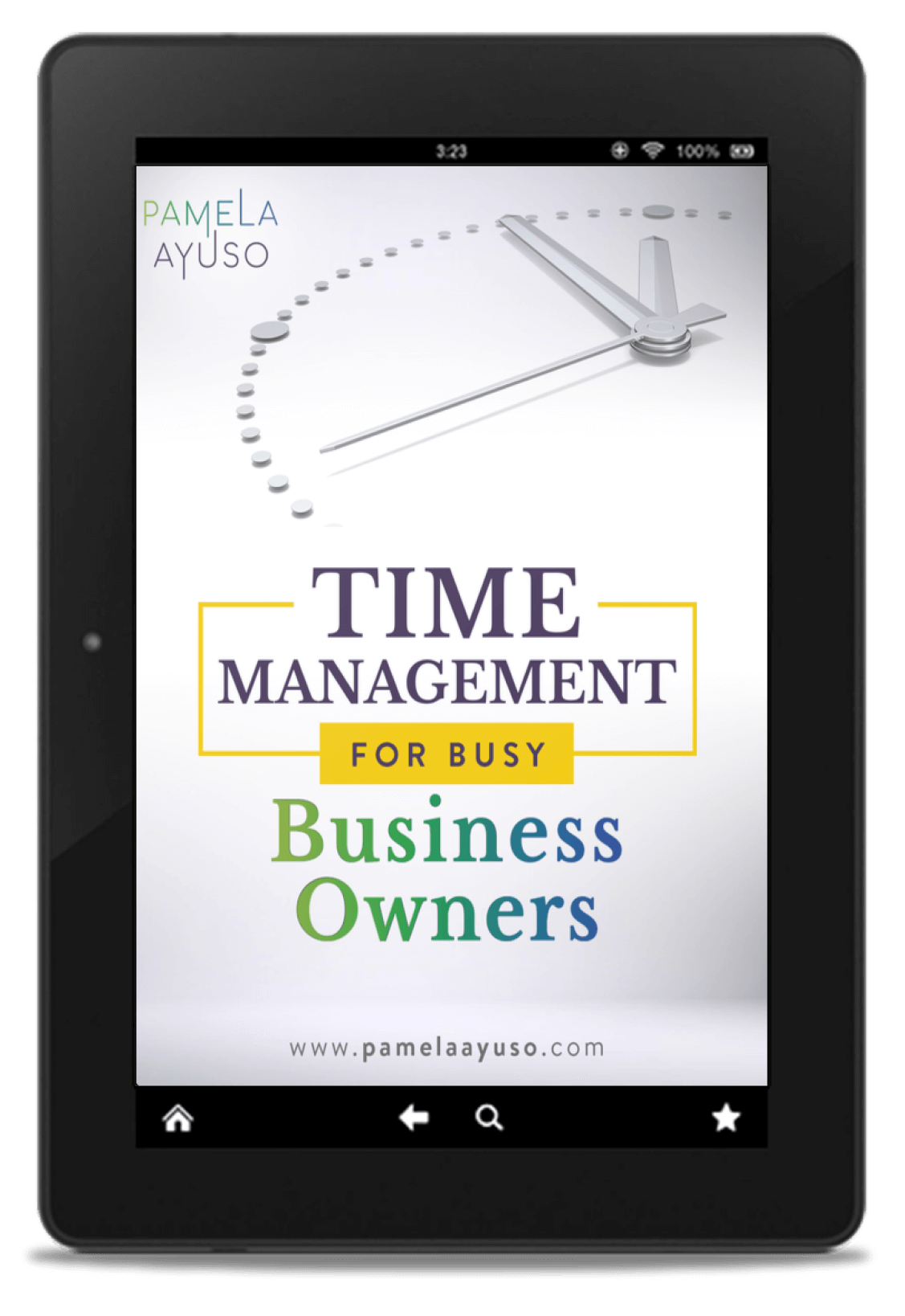To minimize error, a review process is necessary for any firm or business. We are all humans, after all, and it is easy to make mistakes, especially if we are handling different responsibilities and tasks on a daily basis. The difficulty is that no matter how much work there is, the pressure to deliver perfection every time never disappears.
One way to fulfill the firm’s obligations is to implement a review process in which main processes and deliverables such as sales documents, bill payments, and financial reports are revised by more than one team member. Separate sets of eyes will catch overlooked mistakes and improve quality.
Although time and organization are necessary to accomplish a proper review, three levels of review for every critical process will deliver consistent results for a firm as well as peace of mind for the whole team (please see Get the Best Result Every Time with Multiple Levels of Review and Peace of Mind: How Processes can Ease a New Employee’s Transition for more). In a nutshell, the process should include one person executing, the next person performing a detailed review, and the final person delivering a high-level review of everything that was completed. While accounting and reporting areas benefit particularly, this can also be done for each of the main processes in the firm.
Here are some tips for taking your three levels of review to the next level.
![[Photo: Ryan Johns/Unsplash]](https://www.pamelaayuso.com/wp-content/uploads/2021/01/ryan-johns-188568-unsplash.jpg)
[Photo: Ryan Johns/Unsplash]
1. Who should perform each of the three levels of review
The sequence should be built according to experience and responsibility:
a. First level: performed by the person who executes the task.
b. Second level: detailed review of the first level. This person must review all supporting documentation and double-check the calculations.
c. Third level: performed by someone knowledgeable in the area who can see the big picture and determine whether the actions and results make sense. This third level can review by going through reports to ensure values and processes are within certain parameters; individual transactions are not reviewed.
It is best that the person with the most experience in the area does the final review because that professional will be more likely to find errors simply by looking at the final product.
2. Documenting the review process for additional accountability
I recommend documenting the review process with each person’s initials to record every transaction that has been reviewed. If the firm uses mostly Excel, a spreadsheet can be created which includes each transaction; columns at the end will include initials for each person as they perform their review. This ensures that each person takes responsibility for their review. It also serves as an audit trail to make sure that each task in a process has been performed as designed. If the company uses specialized software, it can track who entered the information and who reviewed it.
3. What to do when there are not enough people
Sometimes, the specific departmant simply doesn’t employ enough trained team members to follow through on all the review levels. In this case, it is necessary to train the second and third levels, who might come from different areas of the company. They need to know what to look for so errors do not go unmissed. The goal is to have processes looked at three times by the most knowledgeable and experienced personnel available.
The upside is that if it is a small firm, there will be people who are familiar with different areas so that someone else can take over if the responsible party is sick or on leave.
4. Use two levels of review for less critical processes
Not all processes require three levels of review. Some tasks that may be less prone to error or need to be handled quickly can and should be performed with only two levels of review. At our firm, we only have two levels of review for sales estimates. If we had any more, it would make sending out quotes to our customers too bureaucratic and less timely.
5. If you have the resources, invest in better software
While a three-level review system will effectively minimize errors in a firm, software such as an Enterprise Resource Planning (ERP) system can improve a review process even further. An ERP system takes different departments of a business and streamlines the information that runs through them. It can include controls that ensure that important processes are reviewed; a purchase order, for example, cannot be sent out without a supervisor’s approval.
Most young companies, however, do not have the resources to automate absolutely everything, and even as the firm can systematize more and more, the human element will always be present. The levels of review will be crucial to ensure a quality product and consistent results, even when there are sophisticated systems available. In the previous example, the price for the quote could have been coded into the ERP. The salesperson then only has to generate the sales document straight from the system. However, it is always a good idea to have another level of review to ensure, for instance, that the right product was offered.
![[Photo: Tobias Keller/Unsplash]](https://www.pamelaayuso.com/wp-content/uploads/2021/01/tobias-keller-148497-unsplash.jpg)
[Photo: Tobias Keller/Unsplash]
Develop a Culture of Review
As the three-level review process is gradually adopted in the firm, a more collaborative culture emerges. The team works together more fluidly to ensure that everything goes out as flawlessly and timely as possible.
Although the investment is high in time and effort, there will be less time spent putting out fires and correcting mistakes. The product is also improved as the team works together to train each other and improve the processes themselves.



